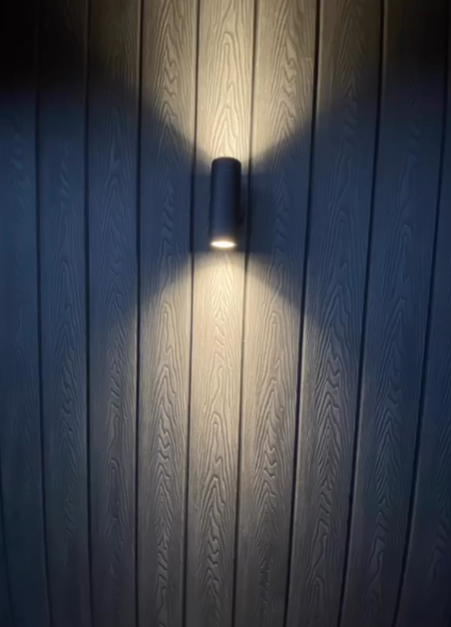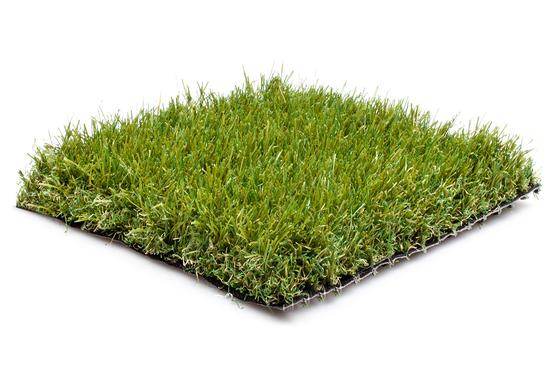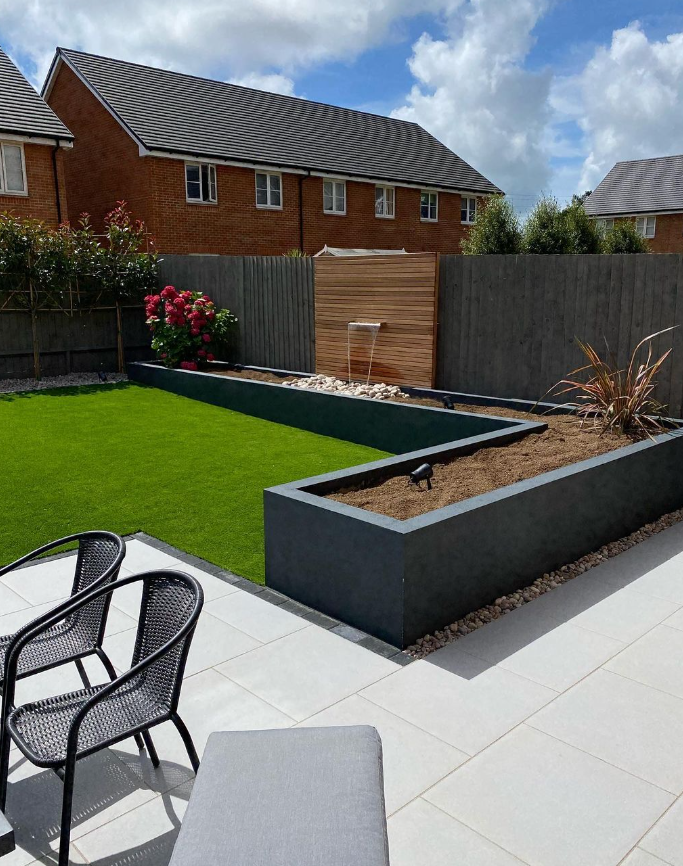
Why Choose Composite Cladding for Your Home or Garden?
It’s easy to get drawn in by the look of real timber, yet the upkeep? Not so much. Composite cladding, though, tends to give you the same warm, natural finish without the hassle. Whether you’re planning to upgrade your garden walls or spruce your outbuilding, it’s worth knowing why more homeowners are switching to composite.
This type of cladding not only looks smart but stays that way, with barely any maintenance and a lifespan that’s pretty impressive. Let’s take a closer look at what makes it such a popular pick.
Enhanced Aesthetic Appeal
You might say it’s the finish that does all the talking. Composite cladding comes in a few styles, but the most popular tend to be woodgrain cladding and smooth cladding. Both offer a clean, modern look, with one mimicking the rich detail of natural timber, and the other giving off a more refined, uniform surface. That alone makes it easy to match the cladding with your home’s personality or your garden’s design.
What makes it even more flexible, though, is how many variations you’ve got to play with:
-
A wide mix of colours, from soft greys to warm oaks
-
Subtle textures that blend in with natural surroundings
-
Horizontal or vertical layouts for different visual effects
-
Seamless installation options for sheds, extensions or fences
Whether you’re after a bold contrast or something that gently fades into the background, woodgrain cladding and smooth cladding tend to offer just the right amount of choice without overcomplicating things.
Low Maintenance Requirements
Let’s be honest, nobody enjoys spending weekends scrubbing walls or reapplying treatments. One of the best bits about low-maintenance cladding like composite panels is how little you need to do to keep it looking fresh.
Unlike traditional timber, composite doesn’t need:
-
Sanding down
-
Repainting or staining
-
Seasonal oiling
-
Special cleaners or treatments
Instead, a bit of warm soapy water and a soft brush usually does the trick. No rot, no splinters, and no peeling paint to worry about, just a smart-looking surface that holds its colour and shape year after year.
For anyone who’s had enough of endless upkeep, this kind of cladding offers a simple fix that still feels stylish. You’ll spend more time enjoying your space and less time worrying about how it holds up through the seasons.
Durability and Long Lifespan
Most cladding looks decent at first, but the real question is how it holds up after a few winters. Durable garden cladding, like the composite kind, tends to stay solid for years without needing much attention. That’s down to how it’s made.
Here’s how it usually goes:
-
Core materials: A mix of recycled plastics and wood fibres creates a strong, stable base that resists warping and cracking.
-
Protective surface layer: This bit helps block out water, UV rays, and scratches, so it doesn’t fade or break down easily.
-
Built-in strength: The panels are made to handle rough weather, wind, rain, even frost, with minimal wear.
The result? Long-lasting composite panels that still look good after a stretch of harsh weather. They're not just water-resistant, they're also rot-proof and insect-resistant, which means you’re not patching up or replacing boards every few years.
If you're aiming for something that’ll go the distance without crumbling at the first sign of a storm, composite cladding tends to be one of the safest bets.
Environmentally Friendly Choice

It’s not just about looks or longevity; eco-friendly cladding matters, too. For many people, knowing that their garden upgrade isn’t harming the planet makes the whole thing feel more worthwhile.
Composite cladding is often made using recycled plastics and reclaimed wood fibres. So, instead of going straight to landfill, these materials get a second life wrapped around your shed, outbuilding or garden wall. That means less waste, fewer trees cut down, and a manufacturing process that’s usually more efficient than timber production.
Because it lasts longer and doesn’t need chemical treatments or paint, its environmental impact tends to stay low throughout its lifespan. For anyone looking to make better choices in how they build or renovate, it’s a small but solid step in a greener direction.
Cost-Effective Investment
At first glance, composite cladding might seem pricier than timber. But when you add up the long-term costs? It often works out cheaper, and quite a bit less hassle.
Let’s break it down:
|
Feature |
Timber Cladding |
Composite Cladding |
|
Upfront cost |
Lower |
Slightly higher |
|
Maintenance tools |
Paints, oils, sandpaper |
Just soap and water |
|
Frequency of upkeep |
Every 1–2 years |
Every few years or less |
|
Lifespan before replacing |
10–15 years |
20–25+ years |
|
Ongoing spend |
Can add up quickly |
Virtually none after install |
So yes, you might spend a bit more to start with, but you won’t be recoating, replacing, or constantly repairing. Over a decade or more, those savings add up.
Plus, composite cladding tends to boost kerb appeal. If you’re ever thinking of selling, a well-finished outdoor space with outdoor wall cladding UK buyers trust could make your property stand out. It’s not just a smart financial move, it’s one that improves how your home feels and functions, too.
So, if you're after something that looks smart, lasts for ages, and doesn’t need you fussing over it every other weekend, composite cladding might be just the thing. It brings style without the slog, resists the usual wear and tear, and ticks a few eco-conscious boxes while it’s at it.
Whether you’re giving the garden a facelift or rethinking part of your home’s exterior, it’s a choice that tends to pay off in more ways than one. Got questions? Contact us, we’re happy to help.


